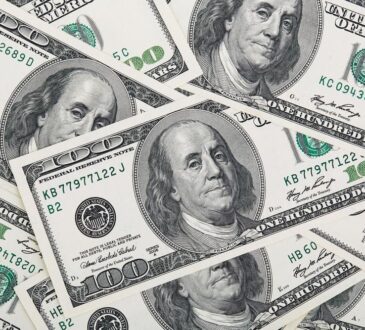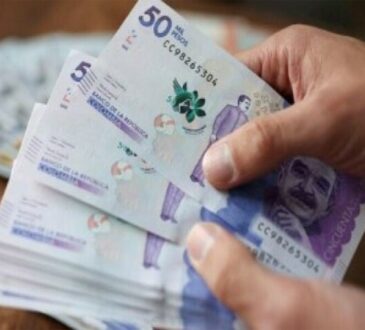
So far, China has made only moderate use of this lever, as the use of the USD has also facilitated trade for China. In the past year, however, China has stepped up its efforts to settle trade with other countries in CNY.
“It is highly unlikely that the US dollar-dominated global reserve system will break and another currency will take the place of the US dollar.”
Is there any realistic alternative to the leading role of the US-Dollar?
Is there any realistic alternative to the USD as the leading currency of the international monetary system? The Chinese Renminbi, though being the second largest economy’s currency, is unlikely to pose a real challenge to the dollar’s status as global reserve currency. It falls short of important attributes to seriously threaten the dollar in its status as a reserve currency. The
Chinese capital market
is not deep enough nor open enough to allow the renminbi to take over from the dollar. So far, Chinese policymakers have signaled little willingness to open their capital market to this end.
Past hopes that the Euro might become an alternative to the dollar as the world’s reserve currency will also not likely to materialize for several reasons. With the formation of the eurozone, many leaders in Europe hoped to create a global counterweight to the dollar as the world’s reserve currency. In fact, the euro is also the second most important currency globally. Nevertheless, in all relevant statistics, the euro is far from being a true global alternative to the dollar – it is only slightly more relevant today than the Deutsche Mark was at its time.
What does that mean for the future of the USD as the dominant currency of the international monetary and trade system?
On the one hand, we have observed a waning role of the dollar as a global reserve currency (see figure 2 above). Over the past two decades, the USD share of globally allocated foreign currency reserves has declined by around 10 pp. to just below 60%.
On the other hand, this void will not be filled by another single currency. We do not foresee that another single currency will take the place of the dollar but that the current USD-centric reserve currency order opens up to a more multipolar reserve order.
What if…?
If the current USD-dominated environment were indeed to move towards multipolarity, today’s geopolitical and economic order may change considerably.
This may be illustrated schematically by looking at the consequences of a multipolar currency-system on the US, Europe and the BRIC countries in the three dimensions of trade, interest rates and geopolitics.
For the US, a diminishing role of the USD would imply – due to the impact of the likely currency devaluation – an increase of exports and a decrease of imports. Therefore, the US trade deficit would likely shrink in this new environment. Due to fading demand for US treasuries, financing cost are expected to increase, thereby making debt-taking more expensive for the US. Thus, the pressure on US fiscal policy would increase further. Under a multipolar currency system, it would also become harder for the US to exert its power, i.e., to impose effective financial/economic sanctions.
Regarding Europe, a multipolar international currency system would have a negligible direct impact on the EUR FX rate, so that only minor currency related effects on trade are to be expected. However, broader currency portfolios would have to be held for trading, and costs of trade would therefore somewhat increase. Rising interest rates in the US might also put further pressure on the ECB to prevent currency depreciation against the dollar.
Interest rates
are therefore also likely to increase. As in the US, it would also become more difficult to impose financial sanctions on third party countries.
In our view, currencies of the BRICS countries – whose rising share of global trade currently accounts for over 20% – would benefit substantially from a multipolar currency-system.
Due to appreciation of BRICS currency, exports would get more expensive. This would likely push prices for commodities for the rest of the world (RoW). BRICS imports, would become cheaper concurrently. With the US still being a major financial benchmark, f interest rates would also increase in the RoW and BRICS. However, due to rising demand in BRICS treasuries, the pressure would be less pronounced. In terms of geopolitics, BRICS countries (and RoW) would become less vulnerable to US sanctions. With more trade taking place in alternative currencies, BRICS countries would gain more influence in other developing and emerging economies.
Moving forward, the ongoing waning of the US dollar’s global relevance is expected to persist. Aspirational economies, notably China, are poised to accrue greater relevance also in terms of using their currencies in trade.
Furthermore, it is evident that emerging market nations are actively engaged in developing an alternative currency framework, which they intend to employ for bilateral trade settlements in the foreseeable future. This will likely weaken the role of the US dollar further.
Nevertheless, the termination of the US dollar’s dominance and the ascension of an alternative currency as the global reserve currency appear highly improbable in the immediate future.





